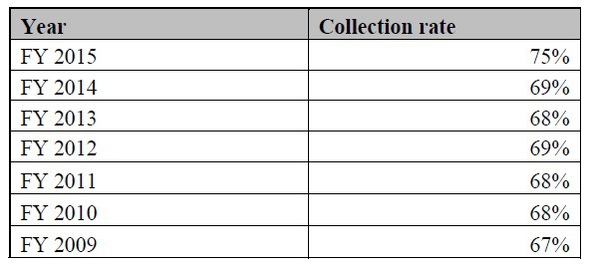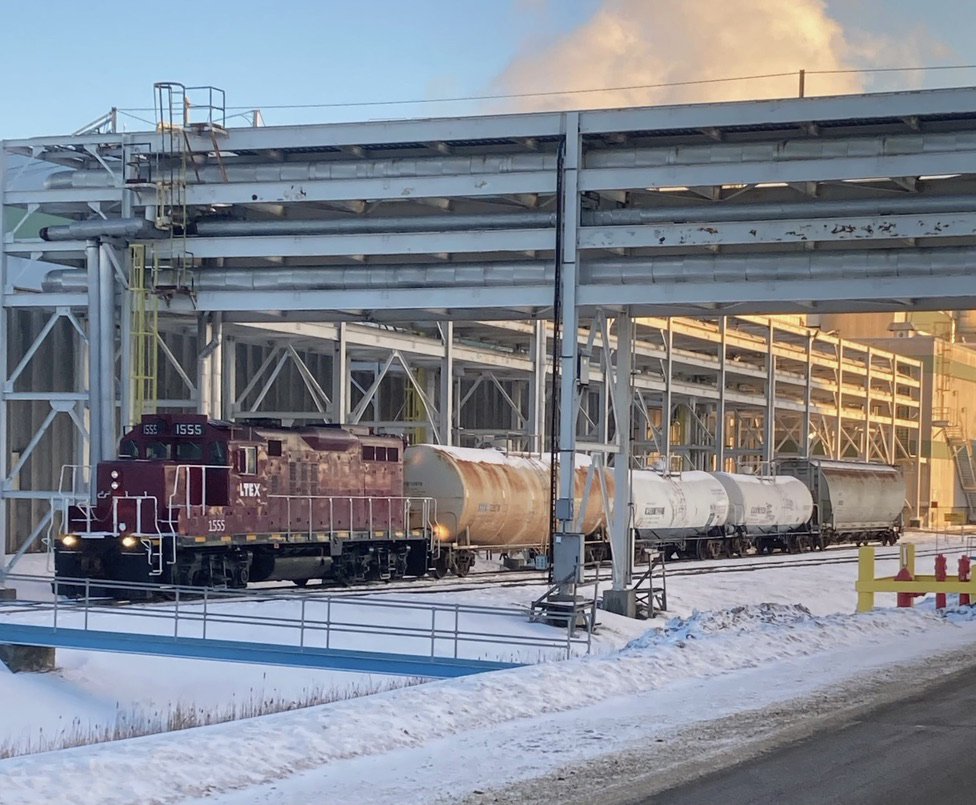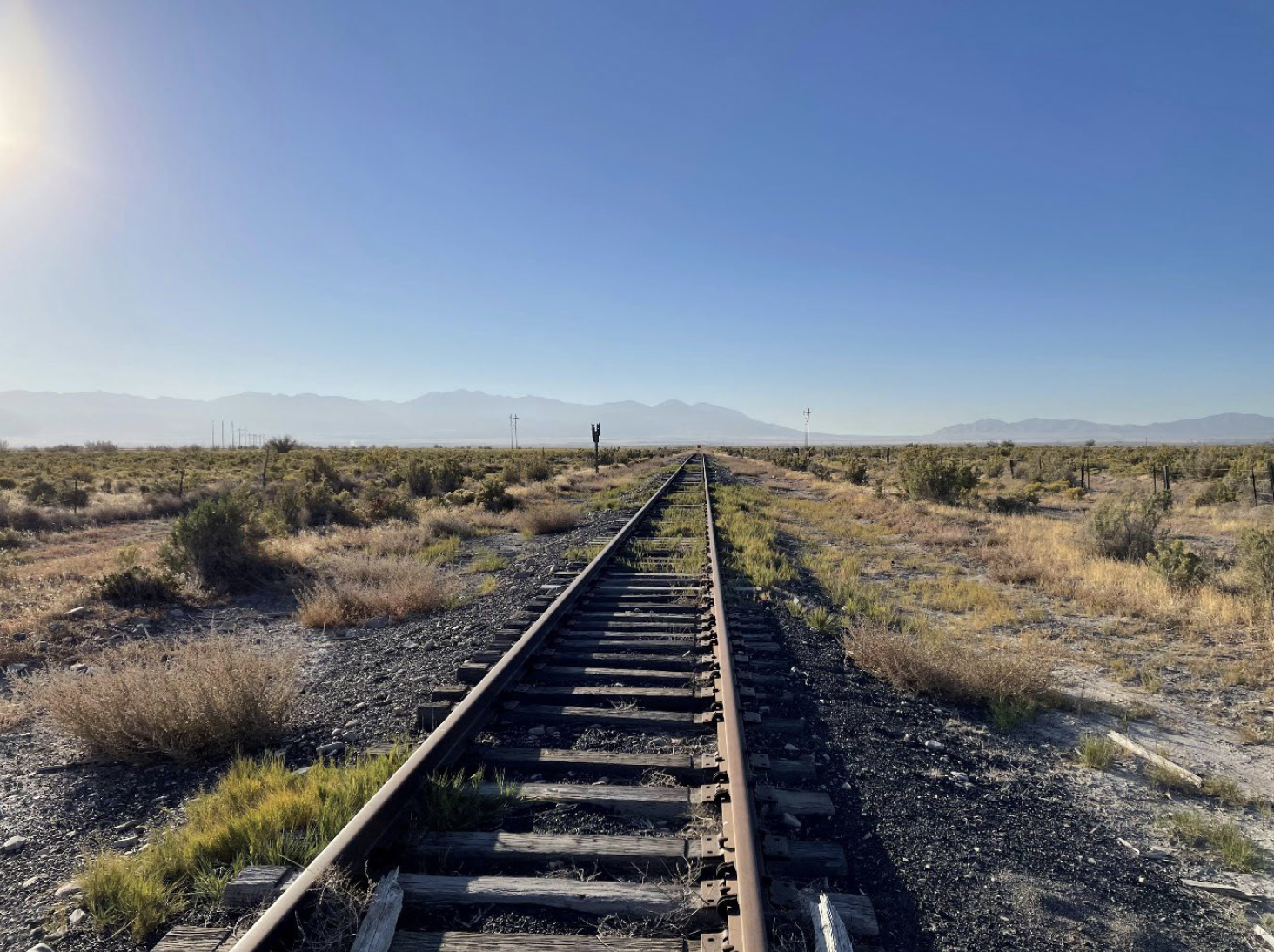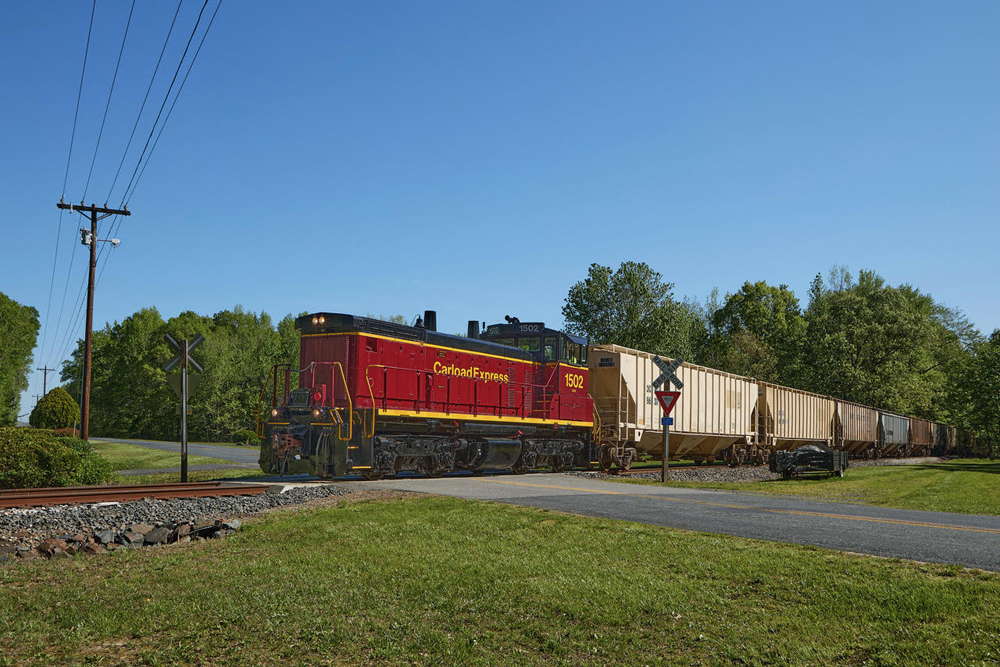For fiscal year 2015, the agency will collect 75 percent of all civil penalties it issued to railroads for violating federal safety regulations — a six percent increase over fiscal year 2014, and the largest percentage rate ever collected by the agency. The total amount of civil penalties in fiscal year 2015, $15 million, increased by 12 percent compared to the previous year.
“Safety must be the number one priority for every railroad, and the Department of Transportation will continue to take aggressive action against railroads who fail to follow safety rules,” says U.S Transportation Secretary Anthony Foxx. “A strong safety enforcement program is critical to prevent accidents, save lives and move our country forward.”
FRA’s collection rate is the highest in the agency’s history and significantly higher than previous years.
Last year, more than 6,485 railroad company violations resulted in civil penalties. The largest portion of those violations, 29 percent, was for motive power and equipment violations, followed by 26 percent for track violations.
“Setting a record for collections is an important milestone, but it is just one element of FRA’s broader effort to achieve a safer rail system,” says FRA Administrator Sarah E. Feinberg. “As we continue to aggressively enforce safety regulations, FRA will also continue to implement new, innovative solutions to increase safety.”
The stepped-up enforcement of safety regulations is part of the Federal Railroad Administration’s larger, comprehensive effort to increase safety of the nation’s rail system. Administrator Feinberg has also prioritized railroad crossing safety, improving the safety of hazmat and crude transport, increasing transparency and working more closely with the National Transportation Safety Board.
A full report on FRA’s activities is available on the agency’s website.
— From an FRA news release Jan. 20, 2016.
















$15 million for all railroads combined makes it seem insignificant.
Don'r forget that the Obama administration is in charge of the FRA…and as a retired railroader and thats a GOOD thing IMHO.
And yeah, business has had it pretty bad over the last 7 years havn't they? I don't think so.
With fewer employees, better physical plant and newer locomotives one would think the outcome would be the opposite compared to years past…..especially the 1970s. My guess is it is by design to raise revenue. These are certainly much safer times than years past.
While I'm sure many will applaud these results keep in mind a few things. The only way to seek due process for these fines (dispute them) Is litigation, at the RR expense. This is a very expensive and time consuming process that frequently exceeds the cost of the fine. The result is that the RR is innocent or nearly so but makes a business decision to pay a fine and move on. The regulatory agency benefits from the "good" PR, income from the fines and a reputation of being tough on "violators". This is how the so called regulatory environment works in the USA. You might ask the deeper question of why this is happening, are these violations real and significant, the fines justified and do they achieve anything beside polishing the agency and bureaucrats reputations and bonus schedule
Don't forget that the Obama administration is in charge of the FRA and their philosophy is that business is bad and more government power is the solution. Other regulatory agencies are doing the same.
For almost the entire history of the FRA, their first priority was safety – do what it took to get things safe. Traditionally, this was the process of point out a problem, write it up, work with the railroad, and fine only if nothing else worked. While the fines were necessary in a few cases, most of the time the comments or defect reports were enough to get things fixed. There was a recognition that a dollar paid in fines, especially for smaller railroads, was a dollar not available to make the railroad safer. In many cases, even when a fine was issued (which is a fairly difficult process for the FRA), they were often settled so that the railroad spent the money or more on training, work, etc., putting the dollars where they had the most benefit. I've had the pleasure over the decades in serving on panels about rail safety with several FRA Administrators or top officials, and that was always their policy – do what it took to increase safety. They often bragged about getting railroads to spend on their own network as opposed to collecting fines by using the system (which by the way, includes some pretty powerful steps including Emergency Notice and others whereby the FRA essentially can tell the railroad to stop operating and/or how to repair something in the name of public safety).
It has only been under the current administration that the priority to fine first has begun. There are many areas where a simple written report and follow-up review was standard and now fines are almost standard. Some of the various enforcement manuals have added large sections on what is an automatic fine (violations, old Code 1), something new in many cases. An issue for the railroad is that the definition of some of these have come without any public hearings, rule changes, etc. There has been an effort to get the enforcement manuals (often hundreds of pages) available, but there are still gaps.
The process for an appeal by a railroad is fairly difficult. You go through the regional expert, then the DC expert, then the FRA legal team, before you even get to a normal court system. Most railroads (unless you are a Class 1 or one of the big companies like G&W) don't have nearly the legal staff to even start the process. There is also the knowledge that a fight can lead to more inspections, and defects can be found pretty much anytime. That is why you inspect, things such as track and equipment deteriorate. Finding a problem is the purpose, and most standards are such that there is a safety factor built in.
The term criminal doesn't really apply, these are civil penalties, not criminal. They are regulatory in nature. However, patterns can be used by attorneys in lawsuits, etc.
Another note that can be looked at. Notice that the fines have gone up at the same time that defects, derailments, etc., have gone down. The trend on fewer issues has been underway for many years, but the fines have jumped over just the last few years.
Finally, unlike many government agencies, unless things have changed in the last few years, the FRA doesn't keep the fines, they go to the Treasury.
I don't know about the FRA, but with EPA criminal suits, even misdemeanor, companies vigorously defend in court, as they don't want a criminal record, or the effect it has on investors and customers.
The penalties are JUSTIFIED. The railroads never pay anything anymore that they don't have to. They have a cadre of lawyers that do just that, don't for a moment think they don't.
When locomotives have out of date inspections, have worn brake shoes, have trucks out of compliance, have dangerous cab conditions and unsanitary lavatories the FRA is justified in their process. The data shows that a majority of the fines are for tracks and motive power and equipment violations ALL PREVENTABLE. The FRA knows what its doing and they do what they do no matter who is in the office of the president of this great country.
Probably the one and only reason safety records are what they are is because of dilligent enforcement by the FRA. They can be a PIA at times but in the long run they are there for a reason.
Unless you work in the industry itself you have little knowledge of the process involved and I suggest you keep your limited knowledge a secret. If you do work in the industry you know what I am talking about.
This is very similar to the manner in which the EPA works. They issue penalties that cost too much to for a business to defend and are a fraction of the much larger penalty if you are unsuccessful in defending your business. No chance for due process. The burden of proof is on the defense, not the prosecution.